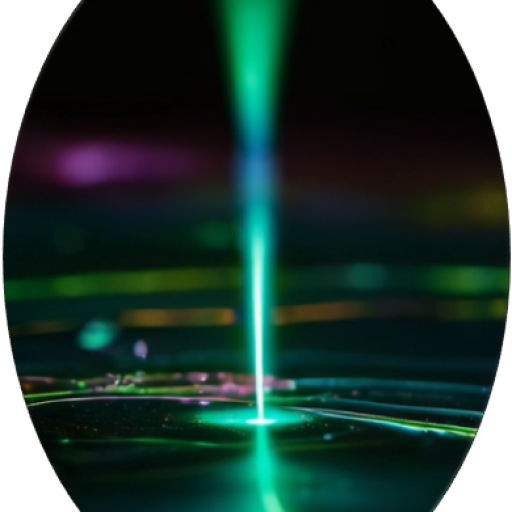Precision Tuning of Magnetic Properties
Direct-write technologies provide a unique platform for fabricating and tuning magnetic nanostructures with site-specific precision and nanoscale resolution. Focused Electron Beam Induced Deposition (FEBID) and Focused Ion Beam Induced Deposition (FIBID) methods enable the creation of complex 3D magnetic architectures that are essential for advancing spintronics, data storage, and magnetic sensing. Key applications include:
- Magnetic Nanoantennas: Freeform structures with tailored magnetic anisotropy for spin-wave manipulation and signal processing.
- Domain Wall Engineering: Precise control over magnetic domains and domain walls, essential for magnetic logic and memory devices.
- 3D Magnetic Sensors: Direct-write allows for integration of 3D nanomagnets into sensors with high sensitivity and small form factors.
For example, FEBID-based cobalt or iron nanostructures exhibit magnetic switching at sub-50 nm scales, enabling advanced studies of spin dynamics and nanoscale magnetization. The combination of deposition and ion-beam modification further fine-tunes properties like coercivity and anisotropy, allowing functional devices tailored for high-density data storage and magnetic nanorobotics.
These technologies offer unique control for pushing the limits of (3D) magnetism at the nanoscale, creating next-generation components for information technologies and sensor applications.
Literature
A Review on Direct-Write Nanoprinting of Functional 3D Structures with Focused Electron Beams; V. Reisecker, R. Winkler, H. Plank; Adv. Funct. Mater. (2024), 34, 2407567.
2025 Roadmap on 3D Nanomagnetism; G. Gubbiotti et al.; J. Phys.: Condens. Matter (2025), 37, 143502.
Focused-Electron-Beam Engineering of 3D Magnetic Nanowires; C. Magén, J. Pablo-Navarro; J.M. De Teresa; Nanomaterials (2021), 11(2), 402.
Writing 3D Nanomagnets Using Focused Electron Beams; A. Fernández-Pacheco et al.; Materials (2020), 13(17), 3774.
Launching a New Dimension with 3D Magnetic Nanostructures; P. Fischer et al.; APL Mater. (2020), 8, 010701.
Fabrication of Scaffold-Based 3D Magnetic Nanowires for Domain Wall Applications; D. Sanz-Hernández et al.; Nanomaterials (2018), 8(7), 483.
Three-Dimensional Nanomagnetism; A. Fernández-Pacheco et al.; Nat. Commun. (2017), 8, 15756.
Review of Magnetic Nanostructures Grown by Focused Electron Beam Induced Deposition (FEBID); J.M. De Teresa et al.; J. Phys. D: App. Phys. (2016), 49, 243003.
Adapted from Dédalo Sanz-Hernández et al., Nanomaterials 2018, 8(7), 483. Licensed under CC BY 4.0.
Adapted from (i) Dédalo Sanz-Hernández et al., ACS Nano 2020, 14, 8084; (ii) Oleksii M. Volkov et al., Nat. Commun. 2024, 15, 2193; (iii) Claire Donnelly et al., Nat. Nanotechnol. 2022, 17, 136. Licensed under CC BY 4.0.
